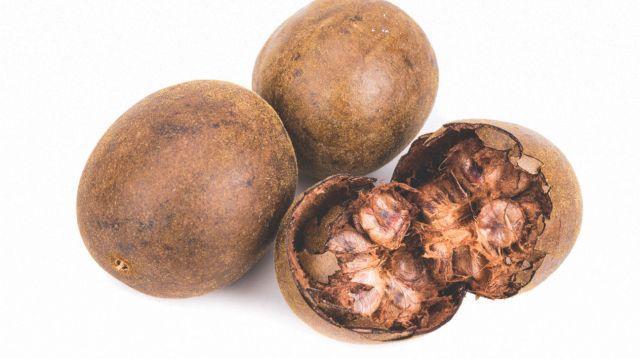
Description of the fruit
Property of Monk Fruit
Calories and nutritional values
Monk fruit ally of
Monk fruit: how it's made
Il Monk fruit (scientific name Siraitia grosvenorii) o luohan guo, is a small green melon native to southern China that takes its name from the monks who cultivated it for the first centuries ago.
The health benefits of this fruit have been known for decades in Traditional Chinese Medicine, but its properties are also beginning to be recognized in the West.
Monk fruit is a herbaceous vine from the pumpkin family known as fruit of longevity o "luo Han guo".
Properties and benefits of Monk Fruit
Monk fruit helps reduce the risk of obesity because it has very few calories and carbohydrates. Monk fruit can be an excellent substitute for classic table sugar and ingredients such as chocolate.
Monk fruit owes its sweetness to natural compounds called mogrosidi. It is generally safe for those with diabetes because it does not raise blood sugars.
Monk fruit has been used for centuries in Chinese medicine to make hot drinks that relieve sore throats and reduce phlegm. The fruit mogrosides have anti-inflammatory properties and could help prevent some cancers and keep blood sugar levels stable.
Calories and nutritional values of Monk fruit
100 g of Monk Fruit contain:
Energy 0 kcal;
Fat 0 g;
Saturated Fat 0g;
Carbohydrates 4 g;
Sugars 0 g;
Proteins 0 g.
Monk Fruit, ally of:
Intestine
Reni
Metabolism


























